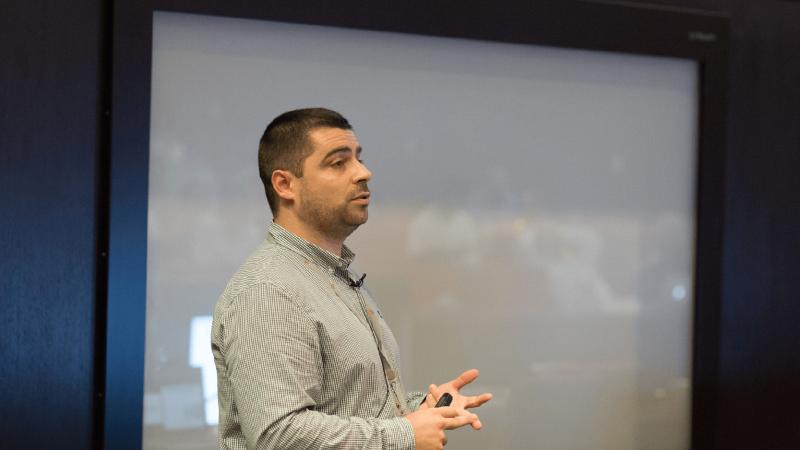Abstract
It is well known how humanity has contributed to technological progress based, long ago, on empirical results and currently seeking to use the advances that technology itself has to offer. This synergistic effect has accelerated in recent years and one of the factors that has led to this exponential growth is the advent of increasingly powerful computers that allow us to recreate the physical phenomena behind all innovation in virtual form. But it's not just about assigning the success of this synergy to the hardware. There is also a share of responsibility to the contribution that from the theory of computer science, from mathematics and from physics and chemistry has produced today the appearance of a discipline that we can summarize in computational mechanics. This ability to anticipate problems that may arise in the development of a product or process positions us more quickly and safely in an advantageous situation. It is not only anticipating, it is also better understanding what this kind of virtual radiography offers us when simulating a problem. In this work we intend to show some examples that, arising from industrial problems or from technology itself, allowed us to deepen with a scientific method in order to offer more and better solutions than those of good engineering practices developed long ago. In addition to being inside a land where a Technology Park operates (www.ptlc.org.ar), our Institute helps the growth of spin-offs, many of them inspired by lines of research supported by computational mechanics, which makes the minimum viable product more accessible for its delivery to the market.
Brief Biography
Norberto Marcelo Nigro Sardella, Mechanical Engineer graduated from Universidad Tecnológica Nacional of Buenos Aires in 1985. After 3 years in industrial activities in companies such as Acindar, Sevel and SADE and also a brief stay at the Comisión Nacional de Investigaciones Espaciales (CNIE), he decided during 1988 to move to the scientific world to carry out a doctoral thesis, reaching his doctorate in Engineering Sciences at the Universidad Nacional de Córdoba during 1993 under the direction of Sergio Idelsohn on issues related to FEM solutions to CFD problems, especially stabilization. In 1994-1995 he did a post-doctorate at the Minnesota Supercomputer Institute under the advice of Tayfun Tezduyar. Since 1996 Researcher at CONICET (National Council of Science and Technology of Argentina). Currently Principal Researcher at CONICET and Associate Professor at the Universidad Nacional del Litoral in Santa Fe, Argentina, working on issues related to problems involving both liquid and gaseous fluid flows, at one and several phases, including multispecies and chemical reactions using CFD techniques for its approach. His main applications are oriented to energy management in general, in particular internal combustion engines, industries related to oil & gas, renewable energy, wind turbines, hydrodynamic and aerodynamic problems, even environmental applications.
It has approximately 95 papers published in international journals, more than 200 papers presented in different congresses, 12 doctoral theses directed in the last 13 years and more than 35 consultant activities to different industries, among which YPF and Y-TEC, Siderar, Acindar and many others to PyME companies.
He currently chairs the Parque Tecnologico del Litoral Centro, a company dedicated to the creation and incubation of technology-based companies.

